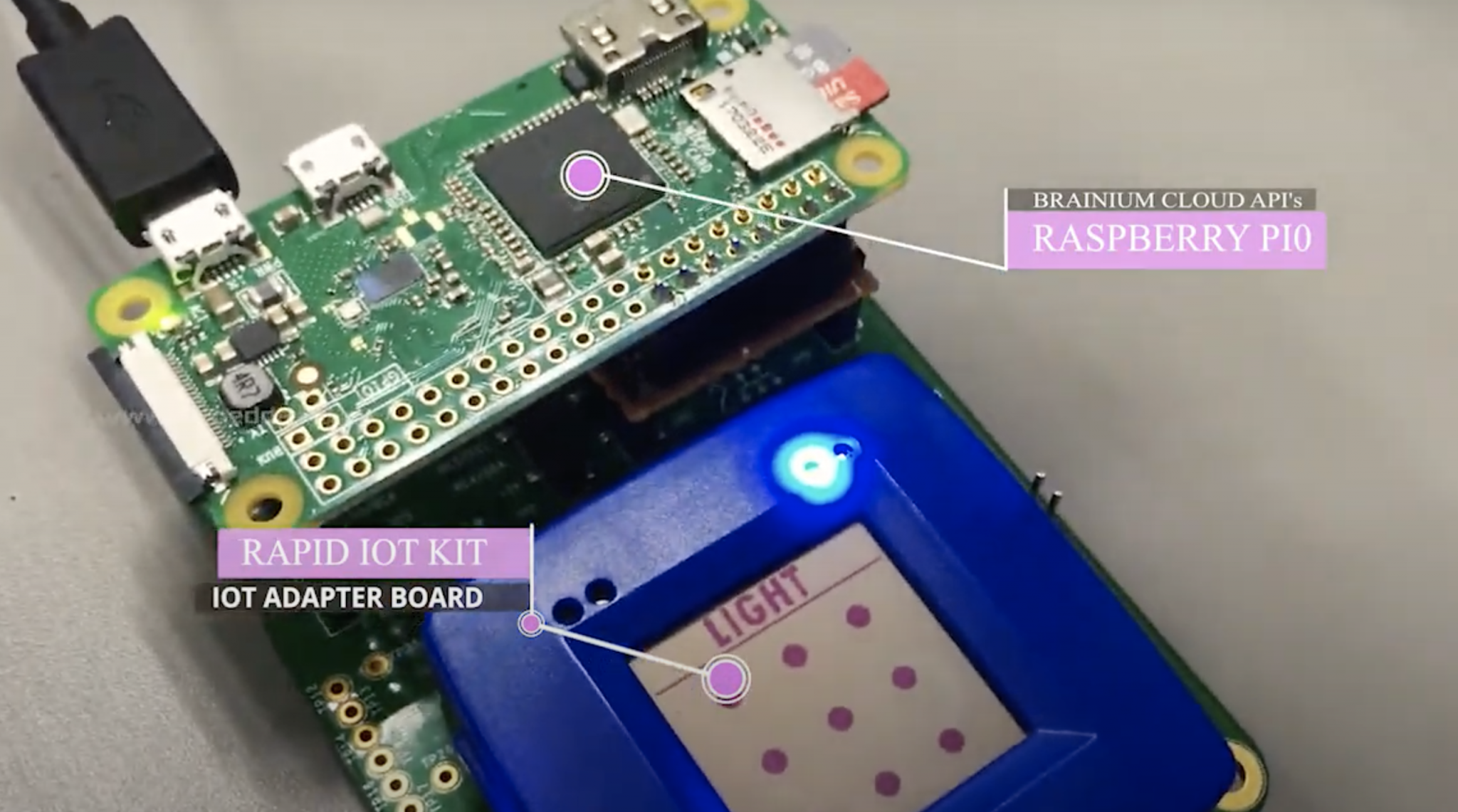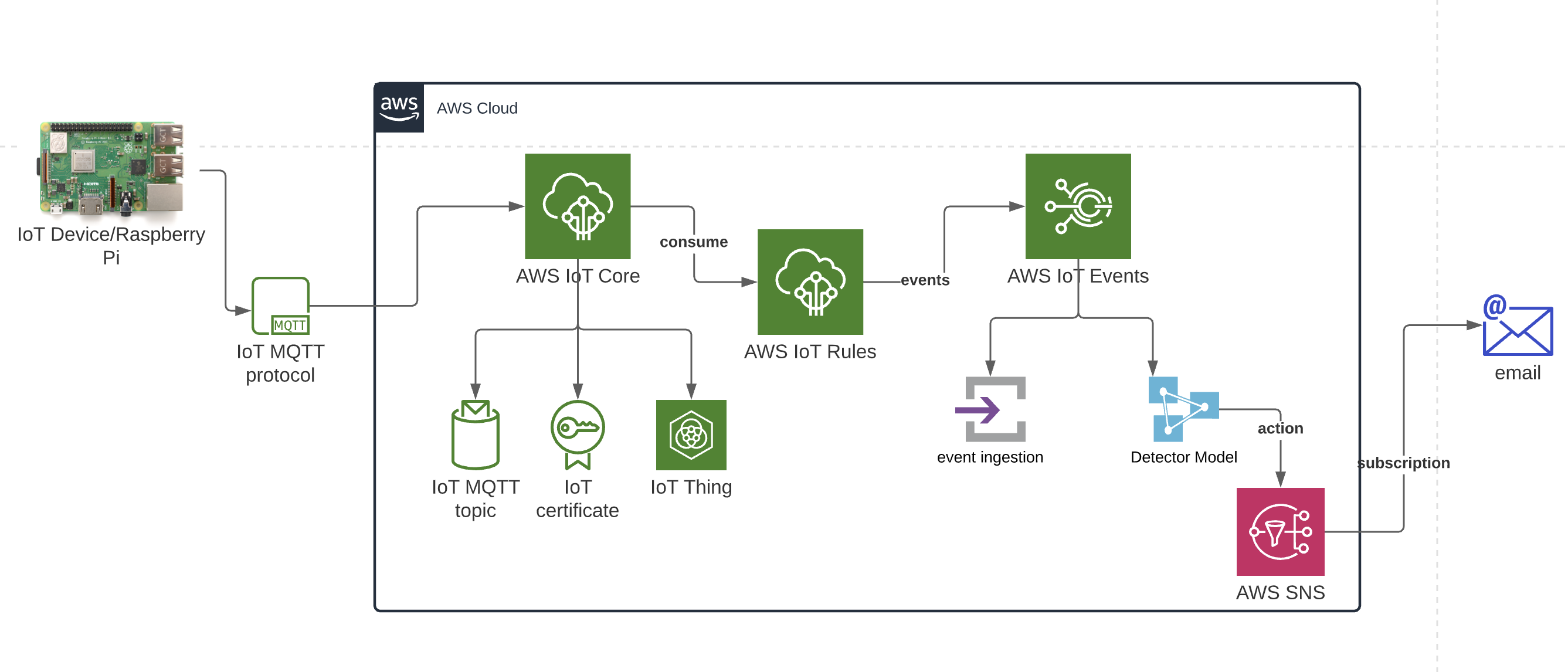In today's interconnected world, securely connecting remote IoT devices through a Virtual Private Cloud (VPC) using a Raspberry Pi is essential for ensuring data privacy and network security. Whether you're a hobbyist or a professional developer, understanding the nuances of this process can significantly enhance your IoT infrastructure. This comprehensive guide will walk you through the steps to set up a secure connection for your IoT devices, ensuring they remain protected from cyber threats.
As more devices become part of the Internet of Things (IoT), the need for secure connections grows exponentially. Hackers are constantly looking for vulnerabilities in networks, and without proper safeguards, sensitive data could fall into the wrong hands. By leveraging the power of Raspberry Pi and configuring it within a VPC, you can create a robust and secure environment for your IoT devices.
This guide is designed to provide you with the expertise, authoritativeness, and trustworthiness needed to implement a secure IoT VPC setup. We will cover everything from understanding the basics of IoT security to advanced configurations, ensuring you have all the tools necessary to protect your devices and data.
Read also:Primo Golf Clubs Elevating Your Game With Superior Performance
Below is a table of contents with clickable links to help you navigate through the article easily:
Table of Contents
- Introduction to IoT Security
- What is a Virtual Private Cloud (VPC)?
- Raspberry Pi as an IoT Gateway
- Step-by-Step Setup Process
- Security Protocols for IoT Devices
- Data Encryption Techniques
- Configuring Network Settings
- Common Issues and Troubleshooting
- Best Practices for IoT Security
- Conclusion
Introduction to IoT Security
IoT devices are becoming increasingly common in homes, businesses, and industries. However, their connectivity also exposes them to potential security risks. The secure connection of remote IoT devices is crucial to prevent unauthorized access and data breaches. In this section, we will explore the importance of IoT security and why using a VPC with Raspberry Pi is a reliable solution.
Keyword Variation: IoT device security, secure IoT connection, remote IoT network.
Why IoT Security Matters
IoT devices often collect sensitive data, such as personal information, location data, and operational metrics. Without proper security measures, this data can be vulnerable to cyberattacks. By securing your IoT devices through a VPC and Raspberry Pi, you can minimize these risks and protect your network from potential threats.
What is a Virtual Private Cloud (VPC)?
A Virtual Private Cloud (VPC) is a private network hosted within a public cloud environment. It allows users to create isolated sections of the cloud where they can deploy and manage resources securely. Using a VPC for IoT devices ensures that communication between devices remains private and protected from external interference.
Advantages of Using a VPC
- Enhanced security through private networking
- Flexible configuration options
- Scalability to accommodate growing IoT networks
Raspberry Pi as an IoT Gateway
The Raspberry Pi is a versatile and cost-effective platform that can serve as an IoT gateway. It provides the necessary hardware and software capabilities to connect and manage IoT devices securely. By configuring a Raspberry Pi within a VPC, you can create a powerful and secure IoT infrastructure.
Read also:Omegle Report A Comprehensive Guide To Understanding And Utilizing Omegle Safely
Key Features of Raspberry Pi for IoT
- Compact and energy-efficient design
- Support for multiple operating systems
- Integration with cloud platforms
Step-by-Step Setup Process
Setting up a secure connection for remote IoT devices using a VPC and Raspberry Pi involves several key steps. Below, we will outline the process to help you configure your system effectively.
Step 1: Prepare Your Raspberry Pi
Begin by installing the necessary software and updating your Raspberry Pi. Ensure that all dependencies are met before proceeding to the next step.
Step 2: Configure the VPC
Create a VPC in your preferred cloud provider and configure the necessary settings to ensure secure communication between devices.
Step 3: Connect IoT Devices
Link your IoT devices to the Raspberry Pi and verify that they are communicating correctly within the VPC.
Security Protocols for IoT Devices
Implementing robust security protocols is essential for protecting IoT devices. This section will discuss some of the most effective protocols and how they can be applied to your VPC and Raspberry Pi setup.
Popular Security Protocols
- TLS (Transport Layer Security)
- SSH (Secure Shell)
- IPsec (Internet Protocol Security)
Data Encryption Techniques
Data encryption is a critical component of IoT security. By encrypting data transmitted between devices, you can ensure that even if it is intercepted, it remains unreadable to unauthorized parties. This section will explore various encryption techniques and their implementation in an IoT VPC environment.
Encryption Methods
- Symmetric encryption
- Asymmetric encryption
- Hashing algorithms
Configuring Network Settings
Proper network configuration is vital for maintaining a secure IoT VPC setup. This section will guide you through the process of configuring your network settings to optimize performance and security.
Key Network Configuration Steps
- Set up firewalls and access controls
- Monitor network traffic for anomalies
- Regularly update firmware and software
Common Issues and Troubleshooting
Even with the best setup, issues can arise. This section will address common problems encountered when setting up a secure IoT VPC with Raspberry Pi and provide solutions to resolve them.
Troubleshooting Tips
- Check network connectivity
- Verify device configurations
- Consult documentation and support forums
Best Practices for IoT Security
Adopting best practices for IoT security can significantly reduce the risk of cyberattacks. Below are some recommendations to enhance the security of your IoT VPC setup.
Recommended Best Practices
- Use strong and unique passwords
- Regularly audit your network for vulnerabilities
- Implement multi-factor authentication
Conclusion
In conclusion, securely connecting remote IoT devices through a VPC using a Raspberry Pi is a powerful way to protect your network and data. By following the steps outlined in this guide, you can create a robust and secure IoT infrastructure that meets the demands of today's interconnected world.
We encourage you to implement these practices and share your experiences with our community. Your feedback and contributions can help improve the security of IoT networks globally. Feel free to leave a comment or explore other articles on our site for more information on IoT security and related topics.
Data sources: AWS VPC Documentation, Raspberry Pi Official Site, NIST Cybersecurity Framework.


